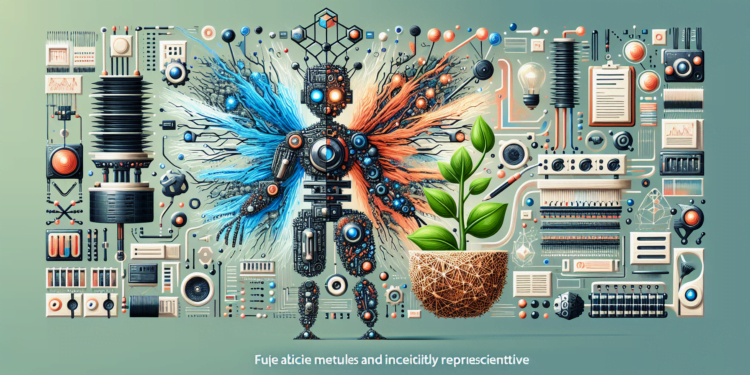At the forefront of artificial intelligence (AI), knowledge distillation has established itself as a key strategy for optimizing deep learning models. Through this lens, DistilBERT (Distilled Bidirectional Encoder Representations from Transformers) emerges as a significant breakthrough, setting a benchmark for lighter, more efficient models.
Theoretical Foundations of Knowledge Distillation ###
The essence of knowledge distillation lies in transferring information from a large, well-trained model, often referred to as the “teacher,” to a smaller model, called the “student.” The approach stems from the understanding that many parameters in deep models may be redundant for certain tasks. Hinton et al. introduced the methodology that enables student models to learn from the softened probability distributions generated by the teacher models, fostering a generalized comprehension of the problem’s semantic space.
DistilBERT as a Case Study ###
DistilBERT represents a transformer model, presupposing the architecture presented in “Attention is All You Need” by Vaswani et al., but distilled into a smaller version that retains most of the capabilities of the original BERT (Bidirectional Encoder Representations from Transformers).
The distillation process occurs during the training of the student model, where it absorbs the output probability function of the teacher model (BERT) and the contextual information encoded in its multiple layers of attention. The result is a model with only 40% of BERT’s parameters, yet it can achieve up to 97% of its performance on natural language benchmarks like GLUE (General Language Understanding Evaluation).
Recent Technical Contributions in DistilBERT ###
Recent advancements increase the efficiency of DistilBERT by introducing techniques such as training speed-up, which combines the weight initialization of DistilBERT with that of the BERT model and dynamic batch size adjustment during training. Another reported innovation lies in optimizing attention heads, which allows selecting those most influential for the distillation process, thereby minimizing the loss of relevant information and improving the quality of the student model.
Emerging Practical Applications ###
In the application spectrum, DistilBERT has proven its worth in a variety of contexts. From language understanding to efficient machine translations, recommendation systems, and sentiment analysis, models based on DistilBERT offer a resource-efficient alternative without overly compromising the quality of the outcomes. One concrete example is its use in mobile smart assistants, where power and space constraints are critical.
Comparison with Predecessor Works ###
A systematic comparison with predecessors such as the original BERT and its variants like RoBERTa or GPT reveals that DistilBERT achieves an unparalleled balance between computational efficiency and accuracy. While large architectures remain preferable for specifically complex tasks that demand maximum modeling capacity, DistilBERT demonstrates that size-reduction techniques can be extraordinarily effective for a wide range of practical applications.
Projections and Future Directions ###
Future projections lean towards the continual improvement of distillation algorithms and the exploration of new model compression techniques. Integrating federated learning with DistilBERT poses a promising direction, where data privacy and lightweight models coexist. Additionally, an increase in the use of automatic model provisioning is anticipated, where based on context, distillation dynamically adapts to offer the best balance between performance and efficiency.
Innovations and Case Studies ###
Case studies in the domain of natural language processing (NLP) exemplify the versatility and practical impact of DistilBERT. For example, in the automatic taxonomy of academic content, DistilBERT has enabled classification of large volumes of documents with high precision while staying within the memory limits of conventional hardware.
DistilBERT encapsulates a vision of this constantly renewing field: more compact, efficient models that are nearly as effective as their large counterparts, marking a path toward more accessible and scalable AI. The metamorphosis of transformers into everyday devices and applications materializes the promise of ubiquitous and responsible AI, located at the frontier of technological innovation.






















